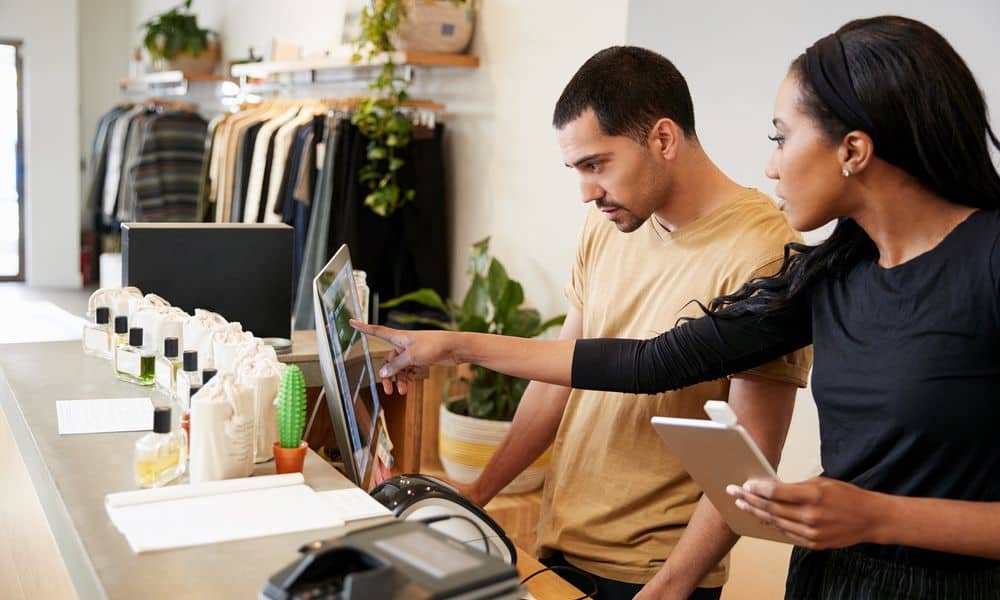
Pop-up stores are booming, having grown into a $50 million-plus dollar business. Once a seasonal retail tactic, pop-ups are relied upon by companies of all shapes and sizes for a variety of reasons across all seasons. Exclusively online companies are using them to connect with customers in real life and join brick-and-mortar brands and retailers in pursuit of other goals. Testing and learning is a central theme of these – it’s a chance to trial balloon new products, new concepts, new locations, new messaging, and more.
Additionally, pop-ups are a great way to extend a brand’s reach and raise awareness. They allow for a deeper interaction with the consumer – especially for those companies that shoppers have only encountered virtually. Because of their temporary nature, pop-ups create a sense of excitement and urgency, transforming what might have been a passive retail visit into a memorable event. As such, pop-ups amplify the experiential and interactive aspects of the consumer-brand transaction for both brand loyalists and new prospects.
It’s the intensity and transience that makes hiring decisions for the pop-up that much more consequential. The expectations are higher around delivering an exceptional customer experience, imparting essential brand knowledge, educating about usage and so much more in a short period. Pop-ups also offer an opportunity to get ‘in real life’ feedback from consumers about their experience with the brand and its products and services – qualitative insights not gathered through clicks and swipes online or in the palm.
Our best advice is to keep your pop-up goal foremost in mind and hire brand fans first. They already are evangelists for you and will have a shorter ramp-up time. Also, look for people that exemplify your brand values. Are they of a similar customer service mindset? Do you need brand ambassadors, salespeople, or both? It takes a particular skill set to lure people into the experience, and yet another to convert ‘just browsers’ into tryers, and ultimately into buyers. Having a flair for engaging shoppers is critical in a pop-up environment – even if the customer doesn’t make a purchase, the interaction should be memorably positive, magnifying the brand connection. Finally, look for fast learners and agile problem solvers. Training and onboarding are particularly crucial when it comes to pop-up staff. Do they understand the brand story and how the shopper fits into it? Are they prepared to capture key learnings from customer interactions and report back? Do they understand the experience they are to deliver and how they are empowered to make it happen? Shopper delight is pop-up currency. With well-matched, well-prepared talent, retailers can expect the highest returns. Launching a pop-up this holiday season?